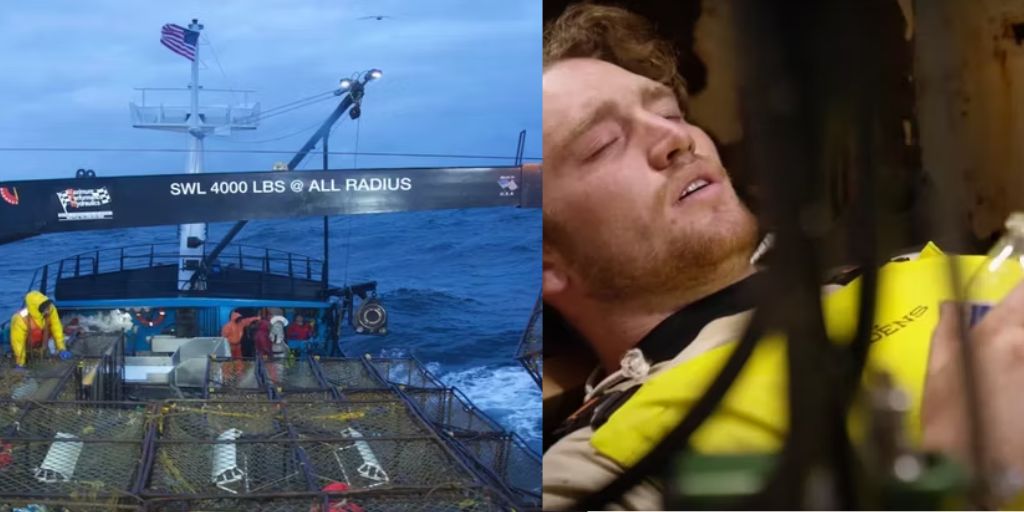Every reality TV show raises questions about how real it is. Recently, when Julie Chen Moonves left the live episode of Big Brother 26, Jerry O’Connell shared his excitement about filling in for her on social media. He posted a picture of a script, and many people questioned why there was a script for an unscripted show.
This incident showed how some people misunderstand what “unscripted” means. Both Jerry O’Connell and Julie Chen Moonves receive scripts to help guide their narration during episodes.
The script even had the word “alt” written on top, which led viewers to ask why there were multiple drafts. On a show like Big Brother, especially during eviction night, there can be two possible outcomes, leading to different versions of questions and commentary for the host.
This confusion about reality television is common. People often assume that because a show is labeled as “reality,” everything is spontaneous and without any planning. However, most reality shows involve careful planning and editing to create engaging content for viewers.
It raises the question: what does it mean for a show to be “unscripted”? The truth is, while the events may be real, the storytelling often involves scripts and planning. Now, with a documentary-style reality show like Deadliest Catch, many people wonder if there is any scripting involved.
The History of Deadliest Catch
Deadliest Catch is one of the reality shows that changed the genre. It started in 2005 and has now entered its twentieth season. The show follows the lives of deep-sea crab fishers in the Bering Sea. As a docu-follow show, it aims to show viewers the real challenges of the fishing industry.
However, many fans have questioned how real the show is. They want to know if the scenes are staged or if the drama is genuine.
When Deadliest Catch first aired, viewers were eager to see the high-stakes lives of the fishing crews. At that time, there was no reason to doubt the reality of what they saw on screen. But as reality TV evolved, questions about authenticity began to arise.
This cast doubt on Deadliest Catch as well. Mandy Hansen, a crew member, addressed this on Facebook in 2020, saying, “People ask if Deadliest Catch is fake…yo you really think we’re in Hollywood in front of a green screen? There’s a job to be done; it just happens to be filmed.” This quote highlights how real the crew’s experiences are.
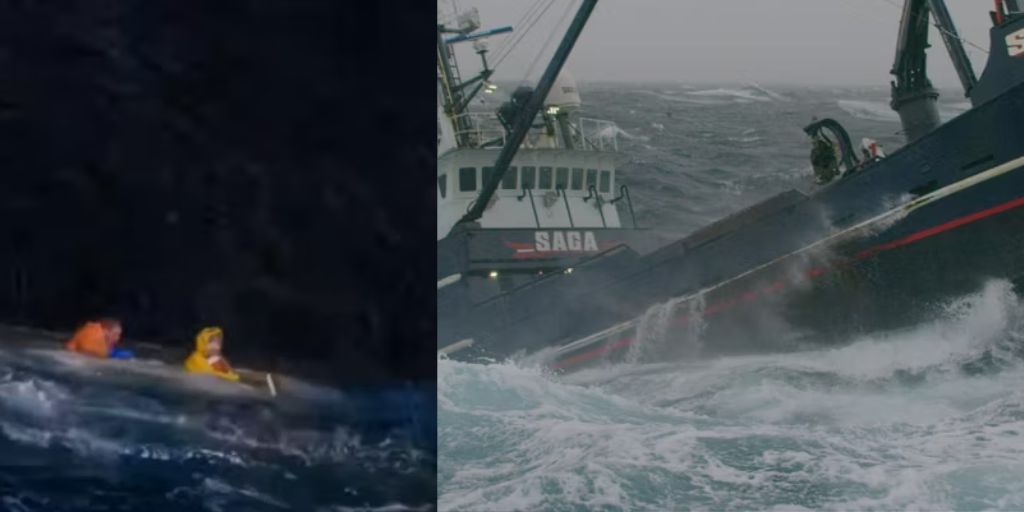
In an interview, Captain Sig Hansen discussed how the crew adjusts their language during filming. He explained, “There is editing, and you will hear a lot of ‘bleeps’ on the screen. But I think that is one reason the film crew wanted to stay with our boat – we are pretty natural.”
While he was talking about language, he confirmed that the crew is genuine and not creating a story just for entertainment. But are the moments shown really what happens?
Crew member Jack Bunnell claimed in a feature with The Seattle Times, “You got to make it exciting, somehow,” explaining that hauling pots 24 hours a day can be dull. This statement raises important questions about how producers keep the audience engaged.
The Editing Process and Its Impact
Editing plays a crucial role in shaping the narrative of reality TV shows like Deadliest Catch. The crew films thousands of hours of footage, capturing both the thrilling and mundane aspects of life at sea. However, only a fraction of that footage makes it to the final cut.
Producers sift through the material, selecting the most dramatic moments to present to the audience. This can lead to a skewed perception of reality, as viewers only see the highlights rather than the day-to-day struggles faced by the crew.
Captain Sig Hansen noted that not all moments are included in the final product. “They shoot thousands of hours of footage, and I can understand that they are trying to put a storyboard together and make it fit.
Everything that they film is accurate, but you will see a lot more foul weather as opposed to the calm days; I suppose that’s what sells, but the bad weather is a reality.”
This comment illustrates how producers prioritize drama over the everyday reality of crab fishing. While this approach is effective for entertainment, it can create misunderstandings about the true nature of the work.
When Nature Interferes
No one can control a massive storm in the middle of the ocean just to capture the best footage. The cold weather can also affect the cameras. So what happens when a crucial storytelling moment gets interrupted by Mother Nature?
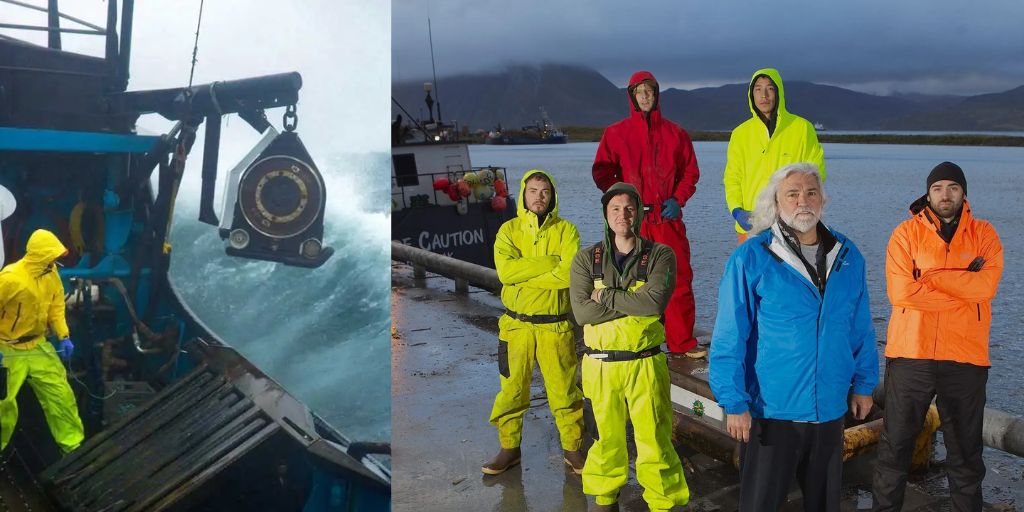
In 2008, it was revealed that while the crew does not do re-enactments, they do film pick-up shots. This is a common practice in reality TV, and it should not surprise fans that everything is real but might not always show the complete picture. In an early season, the F/V Wizard had a leak combined with footage of a big wave hitting the boat.
At that time, John Ford, president and general manager of Discovery, explained, “The thing we didn’t have on camera was the actual wave that struck the Wizard. That was shot at a separate time on the same journey and was an insert edit from the show.
We did that for story continuity because we didn’t have a boat-to-boat shot.” He further explained, “Everything that you see in the show happened. Nothing is made up and nothing needs to be made up. The Wizard was struck by a big wave, and that wave caused the leak you see in the show.
The show is 100% authentic.” He added, “For certain things, we do pickup shots for continuity. If the camera didn’t run properly when the captain was boarding the boat, they have the captain back up and board the boat again.” This honesty about the editing process helps viewers understand that while the show is based on real events, some moments are enhanced for clarity and storytelling purposes.
Making the Show Interesting
Sometimes, the weather is too nice, so the producers need to find ways to create excitement. Although a promotional photo, The Seattle Times reported a scene where Captain Sig Hansen walked out of Dutch Harbor airport while a crew member sprayed water over him to simulate bad weather.
The producers stated that for promotional and marketing shots, on “very rare occasions,” hoses are used to “mirror the real-life conditions.” This practice raises eyebrows among viewers who expect complete authenticity from the series.
Despite the criticisms, the use of promotional techniques like these is not uncommon in reality TV. Many shows employ similar tactics to enhance their visual appeal. While it can seem deceptive, these strategies are often used to attract viewers and create an engaging atmosphere. This begs the question: how much production is acceptable in a reality show?
A Star Reveals the Truth
In Season 19, Linda Greenlaw, a well-known figure in fishing, joined Captain “Wild” Bill Wichrowski on the F/V Summer Bay. Greenlaw was famous for surviving the 1991 “Perfect Storm,” which inspired the book and movie.
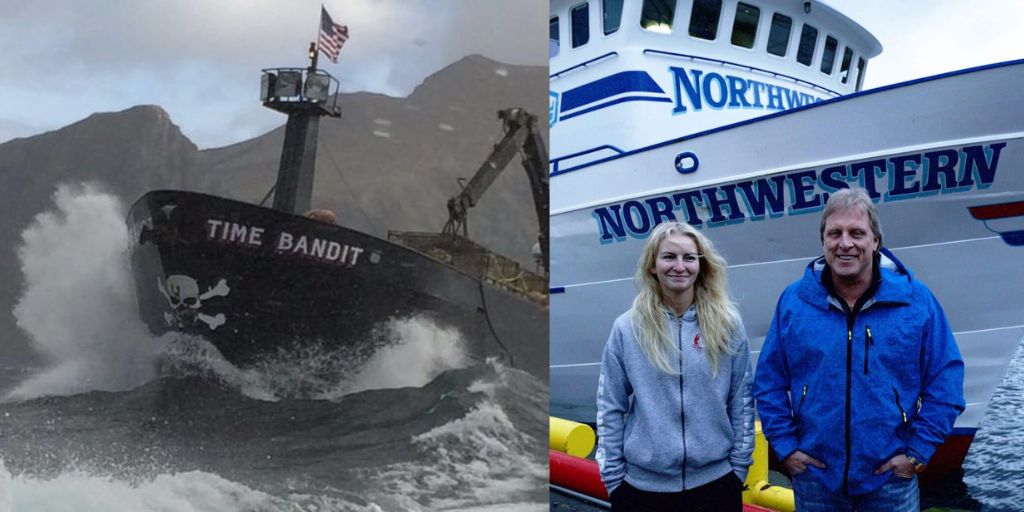
In an interview with Spectrum News, she revealed that filming Deadliest Catch was “more scripted than Swords: Life on the Line.” She said, “Hey 19 seasons in, the show has to be more than catching crabs or not! The popularity of the show speaks for itself.” Her remarks spark discussions about the nature of reality television.
While Greenlaw’s experience in TV may explain her views, it raises questions about whether Deadliest Catch creates scenes to keep the audience entertained. Captain Sig Hansen shared that calmer moments in crabbing might not be included in the show.
He explained that thousands of hours of footage are filmed, and producers select the most thrilling parts for viewers. “They shoot thousands of hours of footage, and I can understand that they are trying to put a storyboard together and make it fit. Everything that they film is accurate, but you will see a lot more foul weather as opposed to the calm days; I suppose that’s what sells, but the bad weather is a reality.”
This perspective highlights the fine line between reality and entertainment. As the show progresses, many fans wonder if the focus on drama and excitement takes away from the true essence of crabbing.
Heroes and Villains
In reality TV, characters often fit into categories of heroes and villains. This idea is not surprising when crew members claim some edits are manipulative. Sometimes, a crew member like Elliot Neese can be portrayed as a villain, while at other times, he can appear as a hero.
This storytelling technique works for television but does not always reflect reality. Viewers often become attached to specific characters based on how they are portrayed, leading to debates about authenticity.
For instance, the portrayal of conflicts between crew members can create a narrative that feels scripted. Fans enjoy the drama but may not realize that the situations are sometimes exaggerated for entertainment. This dynamic contributes to a sense of excitement but can lead to misunderstandings about the relationships between the crew members.
Questions About Season 20
Recently, there were questions about the authenticity of a scene on the fishing vessel Northwestern in Season 20. Viewers saw Captain Sig Hansen’s son-in-law, Clark Pederson, fall overboard, along with a camera operator.

This moment turned into a dramatic rescue, where both were saved. However, fans began to wonder if this was a stunt, if it was staged for drama, or if it was a re-enactment of a tense moment.
Some loyal viewers wondered if it was just a safety drill. If it was planned, why not be transparent about it? Safety should always be a priority, especially when working in such dangerous conditions.
The lack of transparency makes those questioning Deadliest Catch feel justified. After almost 20 years on air, the same questions about the show’s reality remain. The cast can deny script accusations, but some fans will always look for proof of a lie.
The incident sparked discussions on social media, with viewers expressing their opinions about the authenticity of the situation. Some argued that such dramatic moments are essential for keeping the audience engaged, while others felt it undermines the integrity of the show. It raises an important question about how far producers should go to create compelling content.
The Balancing Act of Reality TV
Ultimately, Deadliest Catch operates in a unique space between reality and entertainment. The show highlights the dangers and challenges of the fishing industry while also incorporating elements of storytelling that can create suspense and drama.
This balancing act is essential for maintaining viewer interest, but it can lead to questions about the authenticity of what is presented.
As Deadliest Catch continues to evolve, producers must show the fine line between delivering genuine experiences and creating attractive television. The series has established itself as a staple of reality TV, but the ongoing discussions about its authenticity remind fans that reality can be more complicated than it seems.
The Future of Deadliest Catch
Looking ahead, the future of Deadliest Catch remains uncertain. With nearly two decades on the air, the show has faced challenges in keeping the content fresh and engaging. As viewers demand more authenticity, producers must find ways to maintain the excitement without sacrificing the core elements that make the show special.
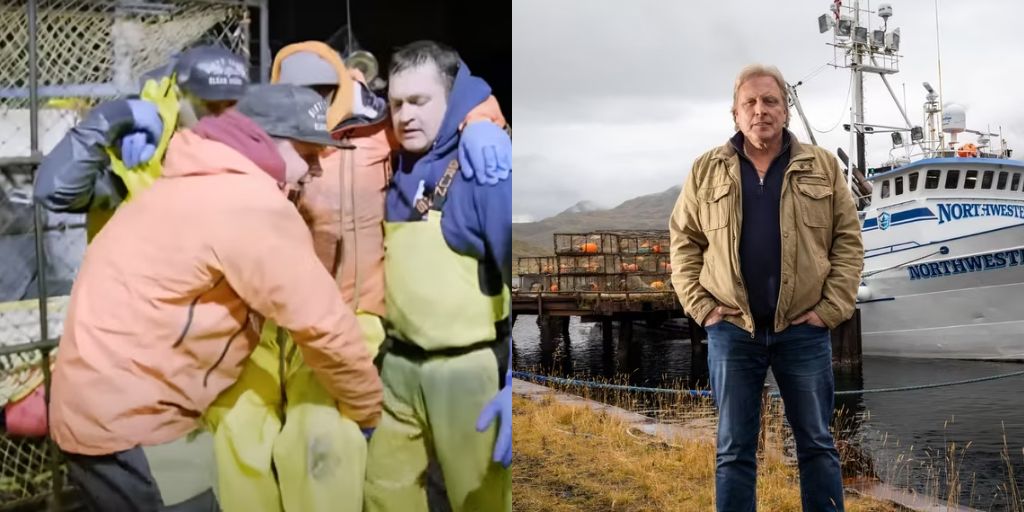
Moreover, the introduction of new cast members and storylines can help breathe new life into the series. While long-time fans may have strong attachments to the original crew, fresh perspectives can offer a new dynamic and open up new opportunities for storytelling. This could help to keep the audience engaged and invested in the show’s ongoing journey.
Additionally, as technology and production techniques advance, Deadliest Catch can show new ways to tell its story.
Innovations in camera work, sound design, and editing can enhance the viewing experience and offer audiences a deeper understanding of the realities faced by the fishing crews. By embracing these advancements, the show can continue to resonate with both loyal fans and new viewers alike.
Final Thoughts
Despite any claims of staged moments, Deadliest Catch keeps its loyal fanbase. The show remains popular on the Discovery Channel because of its content, not just because of how reality is produced.
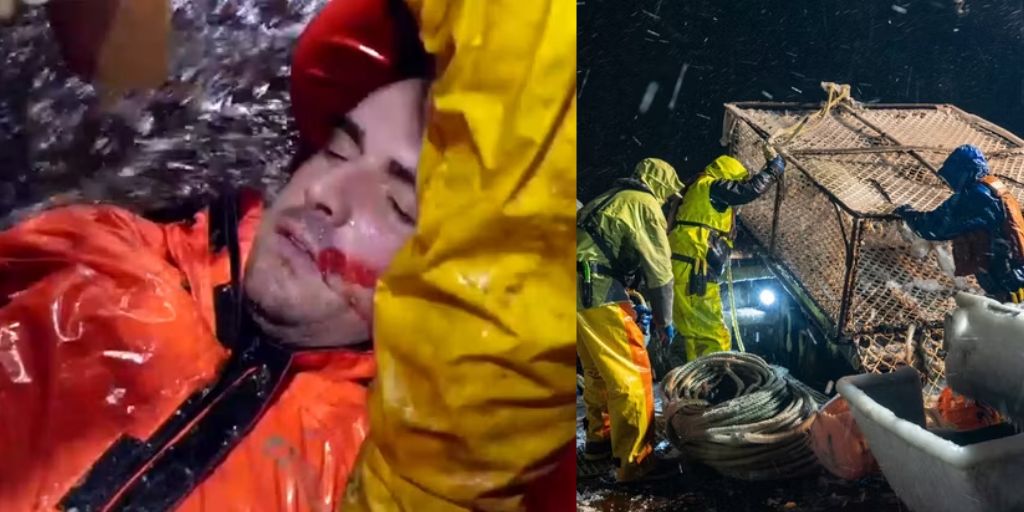
Viewers are drawn to the raw emotion and adrenaline of the fishing industry. They connect with the struggles and triumphs of the crew, which speaks to the power of storytelling, regardless of how it is crafted.
New episodes of Deadliest Catch air on Discovery Channel every Tuesday at 8:00 PM. All episodes are available to stream on Max. As the show continues, audiences will be watching closely to see how the narrative unfolds and whether the authenticity of the experience remains at the forefront.


